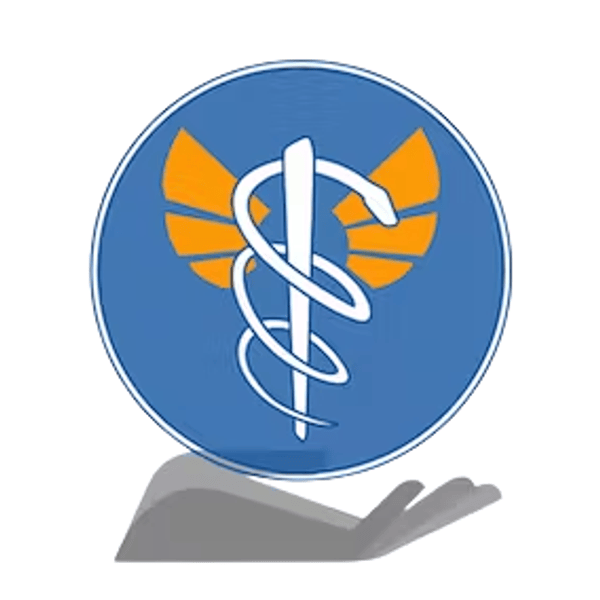
Health care is an exciting and ever growing profession that can take you many different directions. You can apply the fundamentals you learn here about emergent patient care, stabilization, and disease processes toward becoming an EMT or further health care pursuits. In this specialization you will learn to care for stable and unstable patients before they get to a hospital, how to identify time sensitive diseases, and medical and traumatic conditions that affect both adults and pediatric patients.
Read more
Health care is an exciting and ever growing profession that can take you many different directions. You can apply the fundamentals you learn here about emergent patient care, stabilization, and disease processes toward becoming an EMT or further health care pursuits. In this specialization you will learn to care for stable and unstable patients before they get to a hospital, how to identify time sensitive diseases, and medical and traumatic conditions that affect both adults and pediatric patients.
Health care is an exciting and ever growing profession that can take you many different directions. You can apply the fundamentals you learn here about emergent patient care, stabilization, and disease processes toward becoming an EMT or further health care pursuits. In this specialization you will learn to care for stable and unstable patients before they get to a hospital, how to identify time sensitive diseases, and medical and traumatic conditions that affect both adults and pediatric patients.
Course 1 ensures you can assess a scene and prepare to provide care, understand the framework for patient assessment, history of emergency medical services, and the personal requirements to be an EMT. Course 2 addresses airway, breathing and circulation, medications and medication administration that EMTs are allowed to provide, and how to identify a patient having a stroke or diabetic emergency. Course 3 covers skills related to high performance CPR or cardiopulmonary resuscitation, toxicology, and wilderness emergency medicine. Course 4 offers skills for trauma emergencies and Course 5 focuses pregnancy, infants and pediatrics.
Essential skills are demonstrated throughout the specialization. Finally, apply the course materials to real patient scenarios in the Capstone to help prepare you for national registry testing. For more information regarding educational requirements for licensure in U.S. states or U.S. territories see FAQ below.
What's inside
Six courses
EMT Foundations
EMT Foundations
Medical Emergencies: Airway, Breathing, and Circulation
Medical Emergencies: Airway, Breathing, and Circulation
Medical Emergencies: CPR, Toxicology, and Wilderness
Medical Emergencies: CPR, Toxicology, and Wilderness
Trauma Emergencies and Care
Trauma Emergencies and Care
Emergency Care: Pregnancy, Infants, and Children
Emergency Care: Pregnancy, Infants, and Children
Prepare for the EMT Certification Test
Prepare for the EMT Certification Test
Learning objective
Featured in The Course Notes
Save this collection
OpenCourser helps millions of learners each year. People visit us to learn workspace skills, ace their exams, and nurture their curiosity.
Our extensive catalog contains over 50,000 courses and twice as many books. Browse by search, by topic, or even by career interests. We'll match you to the right resources quickly.
Find this site helpful? Tell a friend about us.
We're supported by our community of learners. When you purchase or subscribe to courses and programs or purchase books, we may earn a commission from our partners.
Your purchases help us maintain our catalog and keep our servers humming without ads.
Thank you for supporting OpenCourser.




